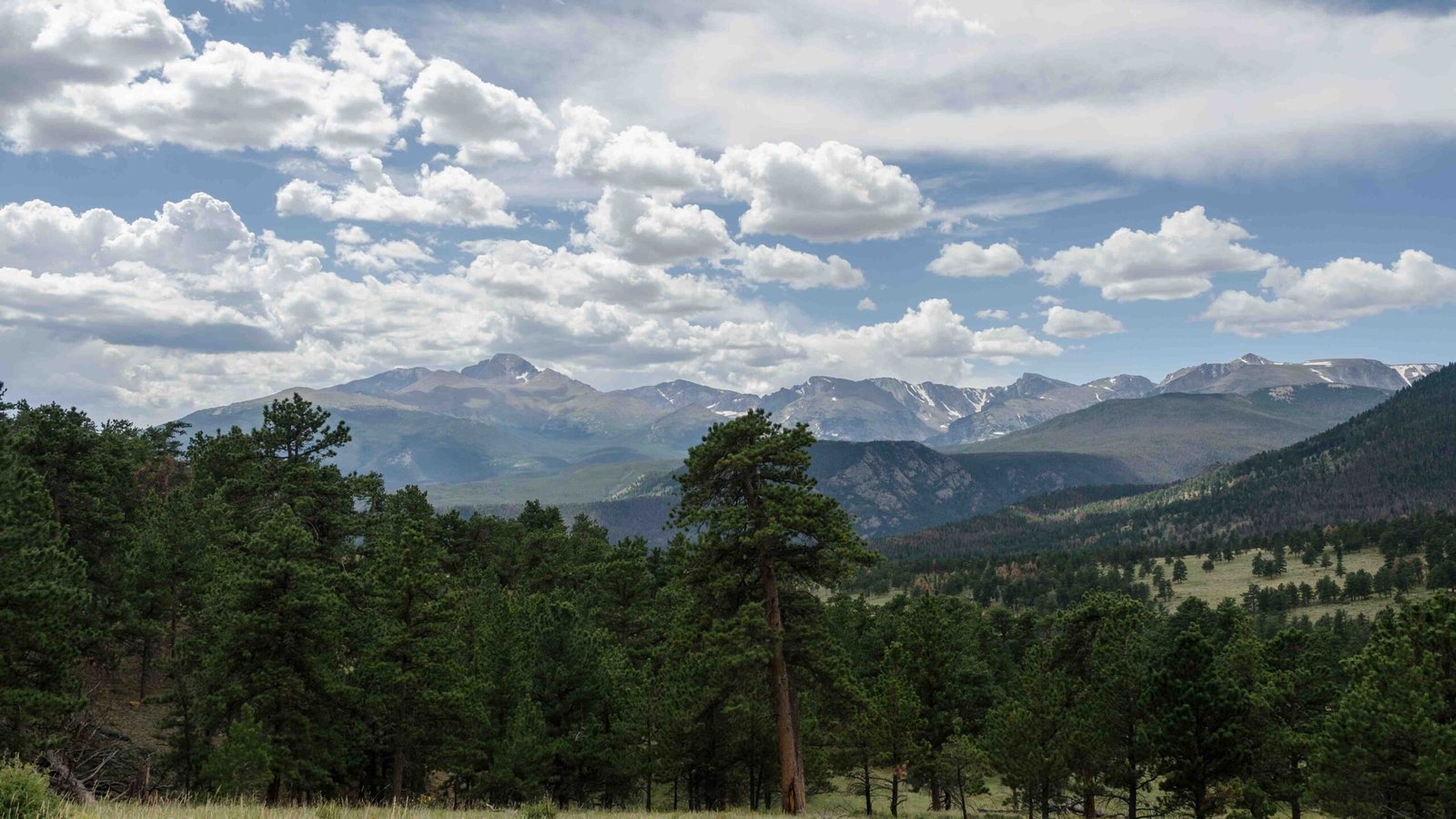Rocky Mountain National Park is home to nine species of bats, each playing a crucial role in the park’s ecosystem. These nocturnal creatures, ranging from the widespread Hoary Bat to the recently confirmed Townsend’s Big-eared Bat, contribute to insect control and pollination. The park’s diverse habitats, including forests, meadows, and caves, provide ideal environments for various bat species. Visitors can observe these fascinating mammals during dusk hours, particularly in spring and summer months.
What Species of Bats Can Be Found in Rocky Mountain National Park?

Rocky Mountain National Park boasts a diverse bat population, with nine known species calling the park home. Each species has unique characteristics and behaviors that contribute to the park’s biodiversity. Here’s a list of some notable bat species found in the park:
- Hoary Bat (Lasiurus cinereus)
- Fringed Myotis (Myotis thysanodes)
- Townsend’s Big-eared Bat (Corynorhinus townsendii)
- Little Brown Bat (Myotis lucifugus)
- Big Brown Bat (Eptesicus fuscus)
Hoary Bat (Lasiurus cinereus)
The Hoary Bat is known for its wide range and migratory behavior. These bats fly south for the winter, making them seasonal residents of Rocky Mountain National Park. Their distinctive frosted appearance sets them apart from other bat species.
Fringed Myotis (Myotis thysanodes)
Recently confirmed in the park, the Fringed Myotis is an insectivore that uses echolocation for hunting. These bats are known for their fringed wing membranes, which give them their name.
Townsend’s Big-eared Bat (Corynorhinus townsendii)
Another recent addition to the park’s confirmed bat species, Townsend’s Big-eared Bat is easily recognizable by its large ears. These bats prefer roosting in caves and abandoned mines within the park.
Little Brown Bat (Myotis lucifugus)
The Little Brown Bat is a common sight in various habitats throughout Rocky Mountain National Park. These efficient insectivores can consume a significant number of insects each night, playing a crucial role in pest control.
Big Brown Bat (Eptesicus fuscus)
Adaptable to various environments, including urban areas, the Big Brown Bat is known for its hibernation behavior during winter months. These bats are larger than their Little Brown cousins and are often found in human-made structures.
Where Are the Best Locations to Spot Bats in Rocky Mountain National Park?

While specific GPS coordinates for bat sightings are not available, there are several prime locations within Rocky Mountain National Park where visitors have a higher chance of observing bats:
-
Riparian Woodlands: Areas along rivers and streams are excellent spots for bat watching. Species like the Little Brown Bat and Big Brown Bat are often seen foraging in these locations.
-
Cave Entrances: Bats that roost in caves, such as Townsend’s Big-eared Bat, can sometimes be observed near cave entrances at dusk.
-
Forest Edges: The transition zones between forests and open areas are prime hunting grounds for many bat species.
-
Water Bodies: Lakes, ponds, and other water sources attract insects, making them popular feeding sites for bats.
-
Meadows and Open Areas: These spaces provide ideal foraging grounds for bats hunting flying insects.
It’s important to note that while exploring these areas, visitors should adhere to park regulations and avoid disturbing bat habitats or roosting sites.
When Is the Best Time to Observe Bats in Rocky Mountain National Park?
Timing is crucial when it comes to bat watching in Rocky Mountain National Park. Here are some factors to consider:
Time of Day
- Dusk: The best time to observe bats is around dusk when they emerge from their roosts to feed.
- Night: Some bat species remain active throughout the night, but visibility for observers decreases.
Season
- Spring and Summer: These are the most active months for bats in the park.
- Fall: Some species begin to migrate or prepare for hibernation.
- Winter: Many bat species are either hibernating or have migrated south.
Weather Conditions
- Warm Evenings: Bats are more active on warm nights when insects are plentiful.
- Calm Weather: Strong winds or heavy rain can reduce bat activity.
| Season | Activity Level | Best Observation Time |
|---|---|---|
| Spring | High | Dusk to Early Night |
| Summer | Very High | Dusk to Late Night |
| Fall | Moderate | Early Evening |
| Winter | Low | Not Recommended |
What Equipment Should Bat Enthusiasts Bring to Rocky Mountain National Park?
To enhance your bat-watching experience in Rocky Mountain National Park, consider bringing the following equipment:
- Bat Detector: A device that converts bat echolocation calls into audible sounds.
- Red-Light Flashlight: Helps preserve night vision while minimizing disturbance to bats.
- Binoculars: For observing bats in flight or roosting at a distance.
- Field Guide: To help identify different bat species.
- Camera with Night Mode: For capturing images of bats in low-light conditions.
- Warm Clothing: Evenings can be cool, even in summer.
- Insect Repellent: To protect against mosquitoes and other insects that attract bats.
Remember to use this equipment responsibly and avoid disturbing the bats or their habitats.
How Can Visitors Contribute to Bat Conservation in Rocky Mountain National Park?
Visitors to Rocky Mountain National Park can play a crucial role in bat conservation efforts. Here are some ways to contribute:
- Report Sightings: Inform park rangers or use citizen science apps to report bat observations.
- Participate in Surveys: Join organized bat monitoring programs when available.
- Respect Habitats: Avoid disturbing roosting sites or cave entrances.
- Educate Others: Share knowledge about the importance of bats in the ecosystem.
- Support Research: Donate to or volunteer for bat research initiatives in the park.
- Follow Park Rules: Adhere to all park regulations designed to protect wildlife and their habitats.
By taking these actions, visitors can help ensure the continued presence of bats in Rocky Mountain National Park for future generations to enjoy and study.

